ARTICLE AD BOX

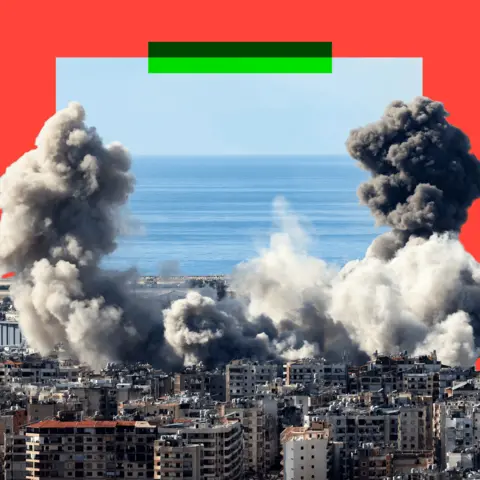 BBC
BBC
For most of the people of Lebanon, a ceasefire could not come quickly enough. A leading Lebanese analyst at a conference on the Middle East that I’m attending in Rome said she couldn’t sleep as the appointed hour for the ceasefire came closer.
“It was like the night before Christmas when you’re a kid. I couldn’t wait for it to happen.”
You can see why there’s relief. More than 3,500 citizens of Lebanon have been killed in Israeli strikes. Displaced people packed their cars before dawn to try to get back to whatever remains of their homes.
Well over one million of them have been forced to flee by Israeli military action. Thousands have been wounded and the homes of tens of thousands of others have been destroyed.
But in Israel, some feel they have lost the chance to do more damage to Hezbollah.

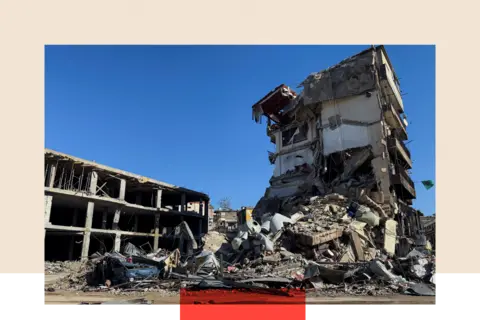 Reuters
Reuters
Damaged buildings in southern Lebanon - more than one million people fled the country
Prime Minister Benjamin Netanyahu met the heads of Israel’s northern municipalities, which have been turned into ghost towns with around 60,000 civilians evacuated further south.
Israel’s Ynet news website reported that it was an angry meeting that turned into a shouting match, with some of the local officials frustrated that Israel was taking the pressure off their enemies in Lebanon and not offering an immediate plan to get civilians home.
In a newspaper column, the mayor of Kiryat Shmona, close to the border, said he doubted the ceasefire would be enforced, demanding that Israel creates a buffer zone in south Lebanon. In a poll commissioned by the Israeli station Channel 12 News those questioned were roughly split between supporters and opponents of the ceasefire.
Half of the participants in the survey believe Hezbollah has not been defeated and 30% think the ceasefire will collapse.

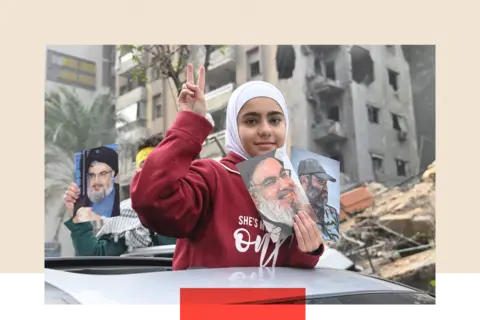 ANADOLU
ANADOLU
People returned to their homes after the ceasefire was announced
Back in late September, at the UN General Assembly in New York, a deal looked as if it was close. Diplomats from the US and UK were convinced that a ceasefire very similar to the one that is now coming into force was about to happen.
All sides in the war appeared to have signalled their willingness to accept a ceasefire based on the provisions of Security Council resolution 1701, which was passed to end the 2006 Lebanon war: Hezbollah would pull back from the border to be replaced by UN peacekeepers and the Lebanese Armed Forces. As they moved in, Israeli forces would gradually move out.
But prime minister Netanyahu went to the podium at the UN to deliver a fiery speech that refused to accept any pause in Israel’s offensive.
Back at his New York hotel Netanyahu’s official photographer captured the moment as he ordered the assassination of Hassan Nasrallah, the leader of Hezbollah, along with most of his high command. Netanyahu’s office released the photos, in another calculated snub for American diplomacy.
The assassination was a significant escalation and a blow to Hezbollah. In the weeks since, Israel’s military has inflicted immense damage to Hezbollah’s military organisation. It could still fire rockets over the border and its fighters continued to engage Israel’s invasion force. But Hezbollah is no longer the same threat to Israel.
Netanyahu: Time to 'replenish stocks’
Military success is one of several factors that have come together to persuade Benjamin Netanyahu that this is a good time to stop.
Israel’s agenda in Lebanon is more limited than in Gaza and the rest of the occupied Palestinian territories. It wants to push Hezbollah back from its northern border and to allow civilians to return to border towns.
If Hezbollah looks to be preparing an attack, Israel has a side letter from the Americans agreeing that it can take military action.
In a recorded statement announcing his decision, Netanyahu listed the reasons why it was time for a ceasefire. Israel, he said, had made the ground in Beirut shake. Now there was a chance ‘to give our forces a breather and replenish stocks,’ he continued.
Israel had also broken the connection between Gaza and Lebanon. After the late Hassan Nasrallah ordered the attacks on Israel’s north, the day after Hamas went to war on 7th October last year, he said they would continue until there was a ceasefire in Gaza.

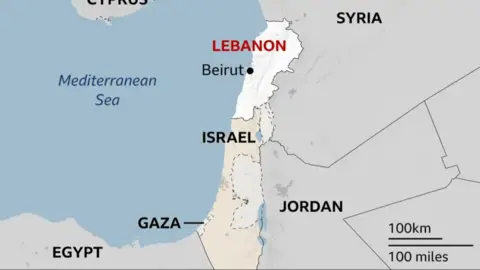
Now, Netanyahu said, Hamas in Gaza would be under even more pressure. Palestinians fear another escalation in Israel’s Gaza offensive.
There was one more reason; to concentrate on what Netanyahu called the Iranian threat. Damaging Hezbollah means damaging Iran. It was built up by the Iranians to create a threat right on Israel’s border. Hezbollah became the strongest part of Iran’s axis of resistance, the name it gave to its network of forward defence made up of allies and proxies.
Why Iran wanted a ceasefire
Just like Hezbollah’s surviving leaders, their patrons in Iran also wanted a ceasefire. Hezbollah needs a pause to lick its wounds. Iran needs to stop the geostrategic bleeding. Its axis of resistance is no longer a deterrent. Iran’s missile attack on Israel after Nasrallah’s assassination did not repair the damage.
Two men, both now assassinated, designed Hezbollah to deter Israel not just from attacking Lebanon – but also from attacking Iran. They were Qasem Soleimani, head of the Quds Force of Iran’s Revolutionary Guards, who was killed by an American drone strike at Baghdad airport in January 2020. The order was issued by Donald Trump in his last few weeks in the White House at the end of his first term. The other was Hassan Nasrallah, killed by a huge Israeli air strike in Beirut’s southern suburbs.
Hezbollah and Iran’s deterrence strategy matched Israel’s own deterrence for almost 20 years after the end of the 2006 war. But among the profound changes caused by the 7th October attacks was Israel’s determination not to accept restrictions on the wars it would wage in response. America, its most important ally, also put almost no restrictions on the supply or use of the weapons it kept on providing.
Nasrallah and Iran failed to see what had happened. They did not understand how Israel had changed. They sought to impose a war of attrition on Israel, and succeeded for almost a year. Then on 17th September Israel broke out of it by triggering the miniature bombs built into the network of booby-trapped pagers its intelligence services had duped Hezbollah into buying.
Hezbollah was thrown off balance. Before it could react with the most powerful weapons Iran had provided, Israel killed Nasrallah and most of his key lieutenants, accompanied by massive strikes that destroyed arms dumps. That was followed by an invasion of South Lebanon and the wholesale destruction of Lebanese border villages as well as Hezbollah’s tunnel network.
Trump, Gaza and the future
A ceasefire in Lebanon is not necessarily a precursor to one in Gaza. Gaza is different. The war there is about more than security of the border, and Israeli hostages.
It is also about revenge, about Benjamin Netanyahu’s political survival, and his government’s absolute rejection of Palestinian aspirations for independence.
The Lebanon ceasefire is fragile and deliberately paced to buy time for it to work. When the 60 days in which it is supposed to take effect ends, Donald Trump will be back in the Oval Office. President-elect Trump has indicated that he wants a ceasefire in Lebanon, but his precise plans have not yet emerged.

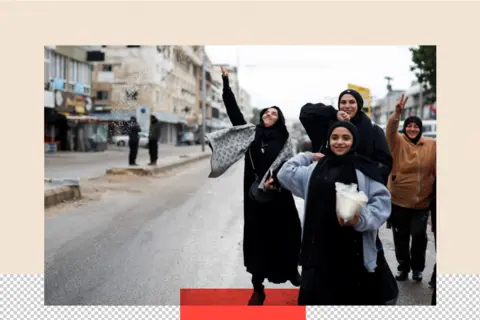 Reuters
Reuters
People return to the city of Tyre, Lebanon after the ceasefire comes into effect
The Middle East is waiting for the ways he might affect the region. Some optimists hope that he might want to create a moment akin to President Nixon’s sensational visit to China in 1972 by reaching out to Iran.
The pessimists fear he might abandon even the hollow genuflection that the US still makes to the idea of a creating an independent Palestine alongside Israel – the so-called two state solution. That might pave the way to annexation of those parts of the occupied Palestinian territories Israel wants, including much of the West Bank and northern Gaza.
What is certain though is that the Middle East has no chance of escaping more generations of war and violent death until the region’s fundamental political ruptures are faced and fixed. The biggest is the conflict between Israel and the Palestinians.
Benjamin Netanyahu and his government, along with most Israelis believe it is possible to dominate their enemies by pressing on to a military victory. Netanyahu is actively using force, unrestrained by the US, to alter the balance of power in the Middle East in Israel’s favour.
In a conflict that has lasted more than a century both Arabs and Jews have dreamt repeatedly of peace through military victory. Every generation has tried and failed. The catastrophic consequences of the Hamas attacks on Israel on 7 October 2023 ripped away any pretence that the conflict could be managed while Israel continued to deny Palestinian rights to self-determination. The ceasefire in Lebanon is a respite. It is not a solution.
Top picture credit: Getty Images
BBC InDepth is the new home on the website and app for the best analysis and expertise from our top journalists. Under a distinctive new brand, we’ll bring you fresh perspectives that challenge assumptions, and deep reporting on the biggest issues to help you make sense of a complex world. And we’ll be showcasing thought-provoking content from across BBC Sounds and iPlayer too. We’re starting small but thinking big, and we want to know what you think - you can send us your feedback by clicking on the button below.

 1 month ago
9
1 month ago
9
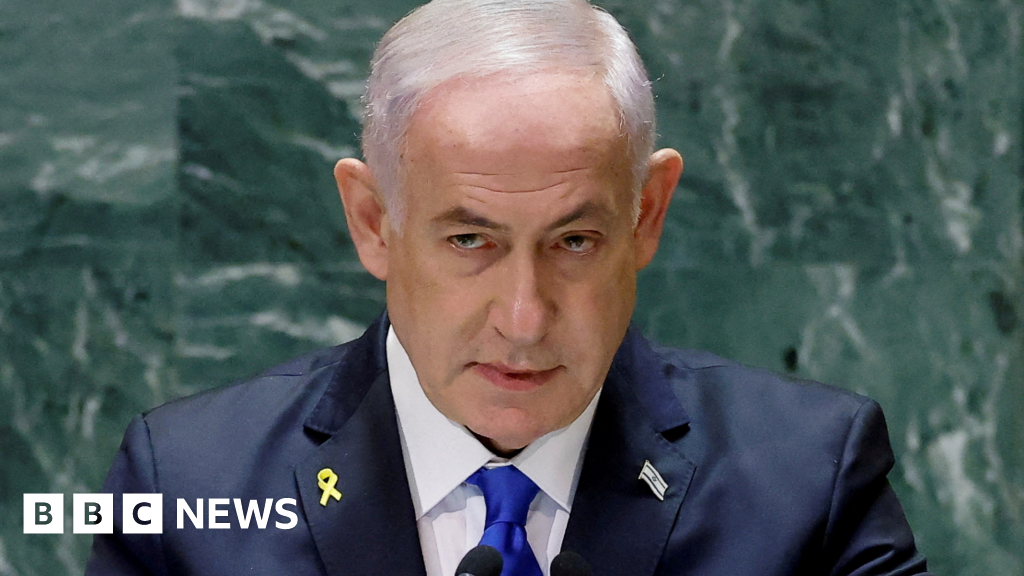
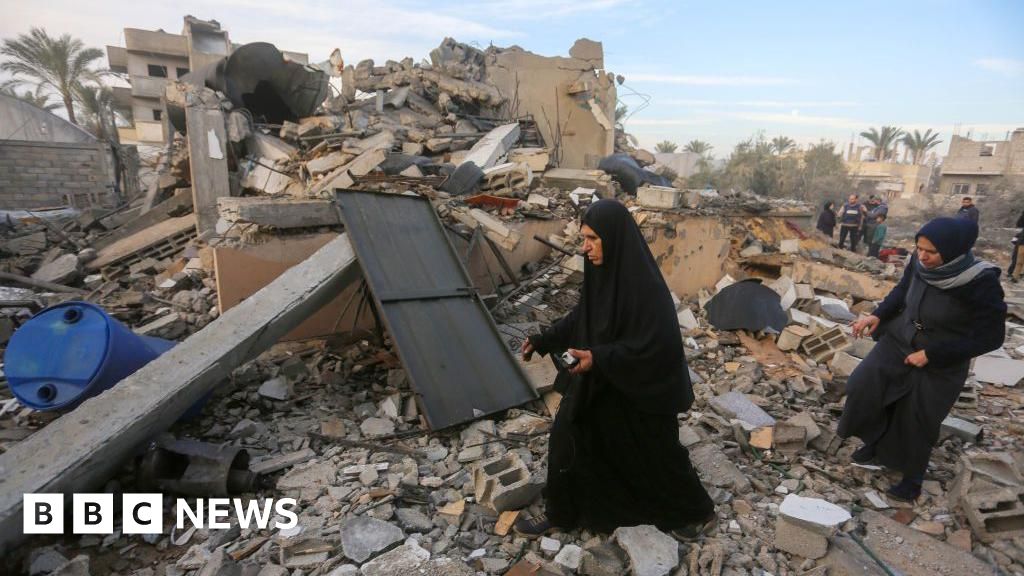
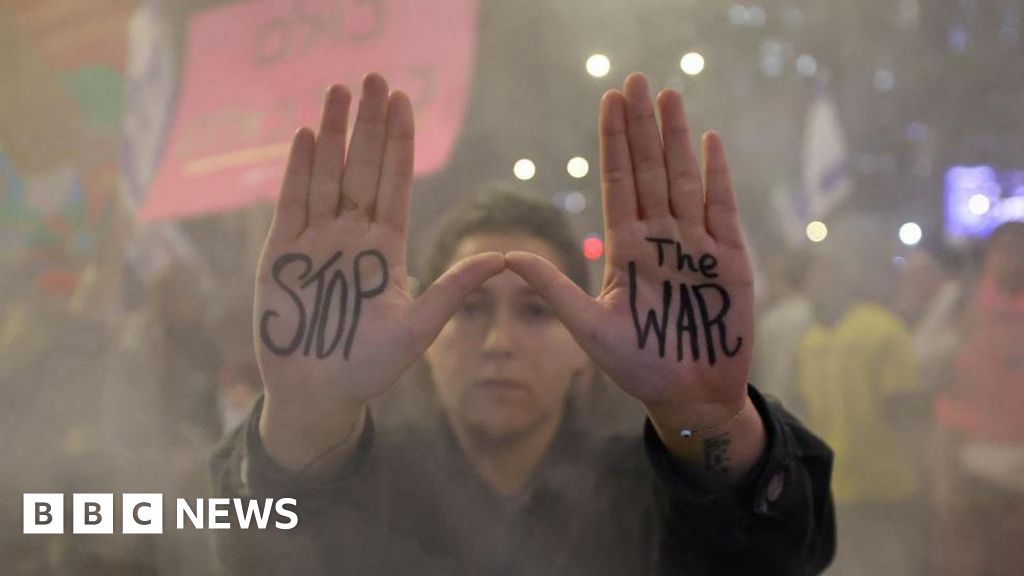





 English (US) ·
English (US) ·